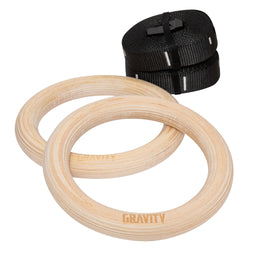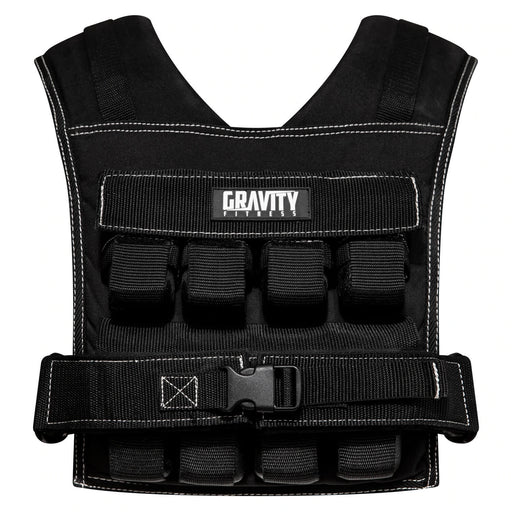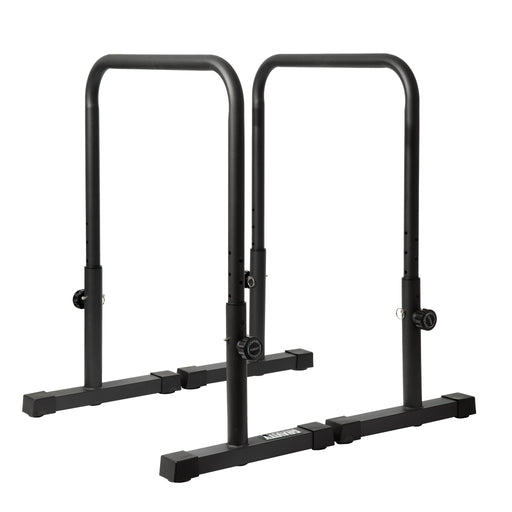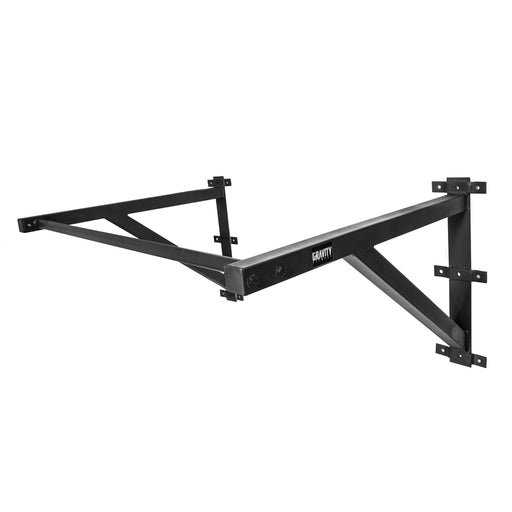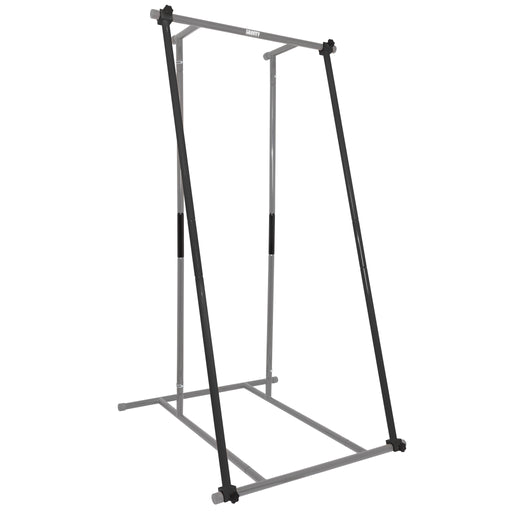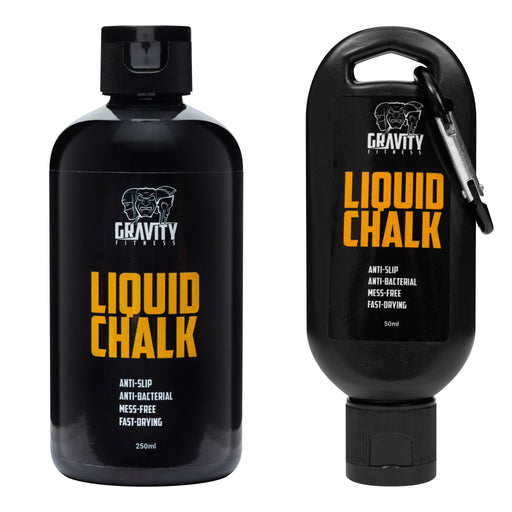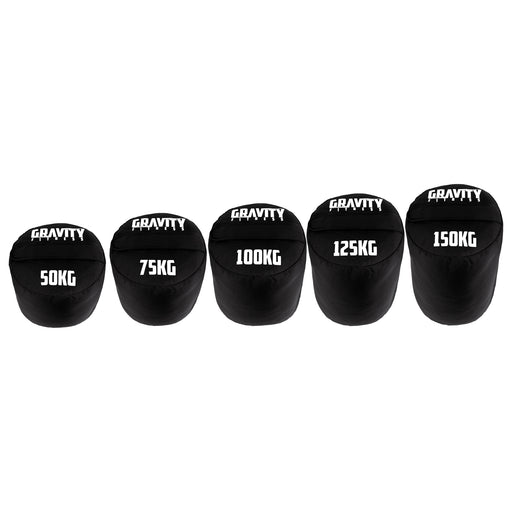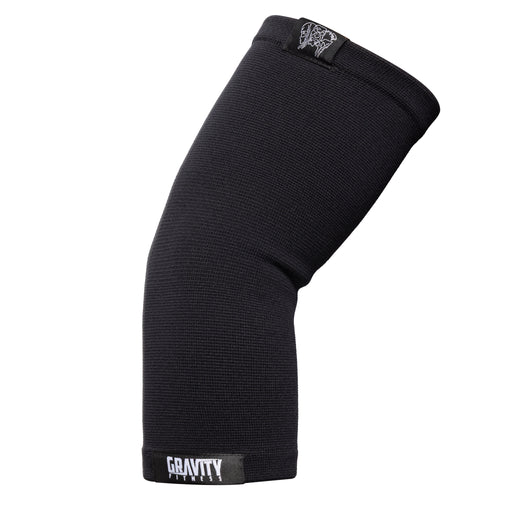
What is the Mind-Muscle Connection and how can it Boost your Workout?
Did you ever hit a slump during your workout where you just didn’t feel like you were achieving your goals? You weren’t getting the same burn as before? Growth seems to have plateaued? You’re not alone. For many people starting their workout routine, they usually feel and see the results during the first 3 months, but then that all seems to fade as the body becomes more conditioned and the visible effects of exercise are harder to notice. Well, rest assured, it’s fairly common for this to happen and is one of the reasons a lot of people quit and it’s always worth remembering that fitness isn’t a goal, it’s a lifestyle, but perhaps there’s one last trick you can use to keep those visible improvements going, giving you that extra motivation to continue.
The mind-muscle connection (MMC) is a technique commonly used by athletes, fitness instructors and bodybuilders, which also applies to anyone taking part in calisthenics. Rather than simply going through the motions, it’s a conscious focus on a specific muscle group aimed to grow and strengthen that area.
What is the Mind-Muscle Connection?
In summary, it's a mental technique used to improve the quality and effectiveness of your workouts. The concept emphasises the idea that focusing on the muscle you're working can enhance muscle recruitment and ultimately lead to better results.
Key Points About the Mind-Muscle Connection:
- Intentional Focus:
- During an exercise, you actively concentrate on the muscle that should be doing the work. For example, when doing a bicep curl, instead of simply moving the weight, you think about your biceps contracting and lengthening with each rep.
- Improved Muscle Activation:
- Studies suggest that focusing on the targeted muscle can increase its activation, leading to greater muscle engagement and potentially better hypertrophy (muscle growth).
- Enhanced Form and Control:
- By concentrating on the muscle, you’re more likely to use proper form and avoid involving unintended muscles, reducing the risk of injury and promoting efficiency.
- Neural Connection:
- The brain sends signals to the muscles via the nervous system. Focusing your mind can enhance these neural signals, strengthening the communication between your brain and the muscle.
- Applications in Training:
- It's particularly useful in isolation exercises (e.g., bicep curls, tricep extensions) where the goal is to target a specific muscle.
- In compound movements (e.g., squats, deadlifts), it can help ensure all intended muscles are contributing properly to the lift.
How to Develop the Mind-Muscle Connection:
- Slow Down the Movement: Perform exercises slowly to feel the muscle contracting and stretching.
- Use Light Weights First: Start with lighter weights to focus on form and engagement before increasing load.
- Visualize the Muscle: Picture the muscle working in your mind.
- Touch the Muscle: If possible, lightly place your hand on the muscle to feel it contract during the movement.
- Focus on the Contraction: Pay attention to the "squeeze" of the muscle at the peak of the movement.
Scientific Studies Supporting the Mind-Muscle Connection
Before you think this is just some wooly technique used by certain individuals, there has actually been scientific research and proof behind this, which encourages it’s adoption while working out.
- Increased Muscle Activation:
- Study: A 2012 study published in the European Journal of Applied Physiology by Snyder and Fry found that focusing on a specific muscle during resistance training can increase electromyographic (EMG) activity, which measures muscle activation.
- Details: When participants were instructed to focus on their biceps during bicep curls, the EMG activity in the biceps increased significantly. Similar effects were observed for the glutes during hip extension exercises.
- Conclusion: Directing mental focus to the target muscle enhances its activation.
- Hypertrophy Benefits in Isolation Exercises:
- Study: A 2018 study in the Journal of Strength and Conditioning Research by Schoenfeld et al. examined whether using MMC during resistance training impacts muscle growth.
- Details: Participants performing a bicep curl with MMC (focusing on contracting the biceps) showed greater increases in biceps size over an 8-week period compared to those who performed the exercise without MMC.
- Conclusion: MMC can lead to greater hypertrophy, particularly in single-joint exercises like bicep curls.
- Neural and Motor Unit Recruitment:
- Study: Research by Vance et al. (2004) showed that adopting an internal focus (on the muscle) increases activation of the intended muscle, while an external focus (on the weight or movement) often leads to less targeted muscle engagement.
- Mechanism: The MMC enhances neural pathways and motor unit recruitment for the specific muscle.
When the Mind-Muscle Connection is Most Effective
- Isolation Exercises:
- Studies show that MMC is particularly beneficial during exercises that target a single muscle, such as bicep curls, tricep extensions, or leg extensions. It helps focus effort on the desired muscle rather than secondary or supporting muscles.
- Light to Moderate Loads:
- The MMC seems more effective with lighter to moderate loads, as heavy weights often require maximum effort and limit the ability to consciously focus on the muscle.
- Hypertrophy Training:
- For muscle growth, MMC is effective in enhancing the "quality" of each repetition by ensuring the targeted muscle is fully engaged.
Limitations of the Mind-Muscle Connection
- Compound Movements:
- In multi-joint exercises like squats or deadlifts, the MMC is less effective because multiple muscles work together, and focusing on just one may hinder performance.
- Performance-Oriented Lifts:
- In powerlifting or strength training where maximal force production is required, focusing on the weight or movement (an external focus) often leads to better overall performance.
So, before you put down that kettle bell because you’re not seeing the growth rate you once did at the start, consider the mind-muscle connection and give it a go. Really focus on the muscle group you want to grow, rather than the body as a whole and perhaps you’ll start seeing that growth again in isolated areas. For more tips and workout plans don’t forget to download the Gravity Fitness App as well!
